
An electrifying 1st-time meeting between guitarist Keiji Haino and trumpeter Natsuki Tamura, captured live at Tokyo's Shinjuku Pit Inn, where the duo shape an unpredictable set that veers from reflective stillness to wildly passionate outbursts, their extended techniques and visceral vocals — sometimes urgent, sometimes outrageous — fueling an exhilarating and uncompromising sonic adventure.
In Stock
Quantity in Basket: None
Log In to use our Wish List
Shipping Weight: 3.00 units
EU & UK Customers:
Discogs.com can handle your VAT payments
So please order through Discogs
Sample The Album:
Keiji Haino-guitar, voice
Natsuki Tamura-trumpet, voice, toys
Click an artist name above to see in-stock items for that artist.
UPC: 4582561403330
Label: Libra
Catalog ID: 102-078
Squidco Product Code: 35606
Format: CD
Condition: New
Released: 2025
Country: Japan
Packaging: Cardboard Gatefold
Recorded at Shinjuku Pit Inn, in Tokyo, Japan, on January 8th, 2024, by Takanori Terabe.
"Two of improvised music's greatest provocateurs, trumpeter Natsuki Tamura and guitarist Keiji Haino, join forces for the first time in the outrageously unpredictable What happened there? (Libra Records, January 24, 2025). Recorded live at the daylong Aremo Koremo ("Each and Every") festival, which is curated by Tamura and his wife, pianist-composer Satoko Fujii, the densely packed set gleefully subverts expectations, veering abruptly from lyrical beauty to sonic abstraction, from pensive quiet to the reckless energy, all with a leavening of absurdity and humor that makes for a riveting performance full of surprises.
"Satoko and I were thinking about interesting musicians to play with during the marathon live at Pit Inn, and Haino came to mind," Tamura said. "I had never played with him before and I thought it would be an interesting challenge. We didn't talk about what we would do, all we said was 'nice to meet you' right before we played."
Although they hadn't performed together before, there are parallels in their respective careers. They each have worked in a wide range of genres, including avant-rock, free jazz, and free improvisation and often blur the borders between them. They also share an interest in folk musics from around the world, and incorporate them in oblique ways into their music. Yet each makes very different music from the other, and they remain strong individualists who are unrestrained by convention. "That's the most important thing when looking for a collaborator," Tamura said.
There's no telling where their deliriously free-spirited set will go from one moment to another. Sometimes it's a dialog of contrasts, at other times they soar together in jagged, high-energy outbursts or quiet jazz-inflected musings. Most of the wide-ranging performance is built of short episodes that are fully developed, but sometime they simply discard an idea and leap to a new one. Yet the discontinuity somehow makes sense. Each applies their vast tool kits of extended techniques on their main instruments to pack the music with unusual timbres and textures. Haino adds urgent, even panicky, vocals and Tamura augments his performance with his own vocalizing and an array of kitchen utensil percussion like woks and eggbeaters, and squeaky toys. There's a moment when Tamura answers Haino's agitated guitar skronk by squeezing a rubber ducky. It's an exquisitely absurd gesture, but somehow a musically appropriate one, too. "I use things like banging on a wok or a toy, but I use them because I want that sound in that moment." Tamura said. "It's not silly, it's very serious. The music would be boring if it wasn't serious."-Libra
Artist Biographies
• Show Bio for Keiji Haino "Keiji Haino (灰野 敬二 Haino Keiji) born May 3, 1952 in Chiba, Japan, and currently residing in Tokyo, is a Japanese musician and singer-songwriter whose work has included rock, free improvisation, noise music, percussion, psychedelic music, minimalism and drone music. He has been active since the 1970s and continues to record regularly and in new styles. Haino's initial artistic outlet was theatre, inspired by the radical writings of Antonin Artaud. An epiphanic moment came when he heard The Doors' "When The Music's Over" and changed course towards music. After brief stints in a number of blues and experimental outfits, he formed improvised rock band Lost Aaraaf in 1970. In the mid 1970s, having left Lost Aaraaf, he collaborated with psychedelic multi-instrumentalist Magical Power Mako. His musical output throughout the late 1970s is scarcely documented, until the formation of his rock duo Fushitsusha in 1978 (although their first LP did not surface until 1989). This outfit initially consisted of Haino on guitar and vocals, and Tamio Shiraishi on synthesizer. With the departure of Shiraishi and the addition of Jun Hamano (bass) and Shuhei Takashima (drums), Fushitsusha operated as a trio. The lineup soon changed, with Yasushi Ozawa (bass) and Jun Kosugi (drums) performing throughout the 1990s, but returned to a duo with Haino supplementing percussion with tape-loops. Haino formed Aihiyo in 1998, principally playing a diverse range of covers (including The Rolling Stones, The Ronettes, and the Jimi Hendrix Experience), transforming the original material into Haino's unique form of garage psychedelia. NHK, Japan's national broadcaster, banned him from broadcast from 1973 to 2013. Other groups Haino has formed include Vajra (with underground folk singer Kan Mikami and drummer Toshiaki Ishizuka), Knead (with the avant-prog outfit Ruins), Sanhedolin (with Yoshida Tatsuya of Ruins and Mitsuru Nasuno of Korekyojinn, Altered States and Ground Zero) and a solo project called Nijiumu. He has also collaborated with many artists, including Faust, Boris, Derek Bailey, Joey Baron, Peter Brötzmann, Lee Konitz, Loren Mazzacane Connors, Charles Gayle, Earl Kuck, Bill Laswell, Musica Transonic, Stephen O'Malley, Makigami Koichi, Ayuo, Merzbow, Oren Ambarchi, Jim O'Rourke, John Zorn, Yamantaka Eye, John Duncan, Fred Frith and Charles Hayward. His main instruments of choice have been guitar and vocals, with many other instruments and approaches incorporated into his career's work. Haino is known for intensely cathartic sound explorations, and despite the fact that much of his work contains varied instrumentation and accompaniment, he retains a distinctive style. Haino cites a broad range of influences, including troubadour music, Marlene Dietrich, Iannis Xenakis, Blue Cheer, Syd Barrett, and Charlie Parker. At a young age, he had an epiphany through his introduction to The Doors. His recent foray into DJing at Tokyo nightclubs has reportedly reflected his eclectic taste. He has had a long love affair with early blues music, particularly the works of Blind Lemon Jefferson, and is heavily inspired by the Japanese musical concept of "Ma", the silent spaces in music (see Taiko for more information). In a 2012 interview with Time Out Tokyo, he described his approach as "defying the notion that you can't create something from nothing." He also has a keen interest in Butoh dancing and collecting ethnic instruments. Haino's distinctive style extends to his lifestyle: he has sported the same long hair, black clothes and sunglasses throughout his career, and is a strict vegetarian who has refrained from alcohol, tobacco and illegal drugs for his entire life." ^ Hide Bio for Keiji Haino • Show Bio for Natsuki Tamura "Japanese trumpeter and composer Natsuki Tamura is internationally recognized for a unique musical vocabulary that blends extended techniques with jazz lyricism. This unpredictable virtuoso's seemingly limitless creativity led François Couture in All Music Guide to declare that "... we can officially say there are two Natsuki Tamuras: The one playing angular jazz-rock or ferocious free improv... and the one writing simple melodies of stunning beauty... How the two of them live in the same body and breathe through the same trumpet might remain a mystery." Born on July 26, 1951, in Otsu, Shiga, Japan, Tamura first picked up the trumpet while performing in his junior high brass band. He began his professional music career after he graduated from high school, playing in numerous bands including the World Sharps Orchestra, Consolation, Skyliners Orchestra, New Herd Orchestra, Music Magic Orchestra, and the Satoko Fujii Ensemble, as well as in his own ensemble. He was the trumpeter for numerous national television shows in Japan from 1973-1982, including The Best Ten, Music Fair, Kirameku Rhythm and many others. In 1986, he came to the United States to study at Berklee College of Music. He then returned to his native Japan to perform and teach at the Yamaha Popular Music School and at private trumpet studios in Tokyo and Saitama, before coming back to the US to study at New England Conservatory. He made his debut recording as a leader in 1992 on Tobifudo. In 1997 he released the duo album How Many? with pianist Satoko Fujii, who is also his wife. It marked the beginning of an artistic collaboration that continues up to the present. The duo has made a total of five CDs over the years, including 2012's Muku. "Muku contains some truly stunning, spine-tingling music...its sheer beauty and elegance is what lingers most," wrote Dave Wayne in All About Jazz. "Fujii's orchestral technique, clear chromatic lines and "prepared piano" devices contrast effectively with Tamura's arsenal of extended techniques which he executes with a warm, vocalized tone throughout the trumpet's full range," Ted Panken said in his four-star DownBeat review. Tamura's collaborations with Fujii reveal an intense musical empathy, and have garnered wide popular and critical acclaim. Jim Santella in All About Jazz described their synergy well in his glowing review of the couple's 2006 Not Two disc, In Krakow, In November: "... the creative couple forcefully demonstrates what can happen when you let your musical ideas run free... Similarly, Tamura's mournful trumpet can fly high or low in search of his next surprise. Oftentimes, they both issue plaintive moans that sing like angels on high." Their sixth duet album is due out in 2017. In 1998, Tamura began recording his unaccompanied solo performances. The stunning solo trumpet debut release, A Song for Jyaki earned a Writers Choice 1998 in Coda magazine, and Andy Bartlett wrote in Coda, "A fabulous set of hiccuping leaps, drones and post-bop trumpet hi-jinx. Tamura goes from growling lows to fluid, free solo runs and echoes not only Don Cherry's slurring anti-virtuosic chops but also Kenny Wheeler's piercing highwire fullness." He followed it up in 2003 with KoKoKoKe, which Jon Davis described in Exposé as "Buddhist chants from an alien planet." Grego Applegate Edwards explains that on Tamura's most recent solo album, 2013's Dragon Nat, "he pares down to focus on simple unwinding melodic material, the sound of his trumpet as a sensuous thing, a periodicity. Taken as a whole it is a kind of environmental tone poem for the moment Natsuki is in now." 2003 was a breakout year for Tamura as a bandleader, with the release of Hada Hada, featuring his free jazz-avant rock quartet with Fujii on synthesizer. Peter Marsh of the BBC had this to say about the high voltage CD: "Imagine Don Cherry woke up one morning, found he'd joined an avant goth-rock band and was booked to score an Italian horror movie. It might be an unlikely scenario, but it goes some way to describing this magnificent sprawl of a record." The quartet's 2004 Quartet release Exit was deemed "...a brilliantly executed set with a neon glow," by Dan McClenaghan in All About Jazz. In 2005, Tamura made a 180-degree turn in his music with the debut of his all acoustic Gato Libre quartet. Focusing on the intersection of European folk music and sound abstraction, the quartet featured Fujii on accordion, Kazuhiko Tsumura on guitar, and Norikatsu Koreyasu on bass. The quartet's poetic, quietly surreal performances have been praised for their "surprisingly soft and lyrical beauty that at times borders on flat-out impressionism," by Rick Anderson in CD Hotlist. Dan McClenaghan in All About Jazz described their fourth CD, Shiro, as "intimate, something true to the simple beauty of the folk tradition...Tamura's career has largely been about dissolving musical boundaries. With Gato Libre and Shiro, the trumpeter extends his reach even deeper into the prettiest, most accessible of his endeavors." After the unexpected passing of Norikatsu in 2012, Tamura added trombonist Yasuko Kaneko to the group. The new configuration has toured Europe and Japan and released its debut recording, DuDu, in 2014. "DuDu follows the winning formula of its predecessors but, as with the other discs, eschews the formulaic. The result is another sublimely satisfying, elegant record that brims with raw excitement and a reflective nostalgia," writes Hrayr Attarian in All About Jazz. With the tragic death of guitarist Kazuhiko Tsumura, Gato Libre is now a trio. They will release a CD and LP in 2017. In 2010, Tamura debuted a new electric quartet, First Meeting, featuring Fujii, drummer Tatsuhisa Yamamoto and electric guitarist Kelly Churko. Their first release, Cut the Rope, is "is a noisy, free, impatient album, and ranks among Fujii and Tamura's most accomplished," according to Steve Greenlee in the Boston Globe. While fronting groups and recording as a leader, Tamura has also played an integral role in nearly all of Satoko Fujii's many projects. He is featured on all of the CDs by Satoko Fujii's various orchestras (NY, Tokyo, Nagoya, Kobe, and Berlin) and has contributed original compositions and arrangements to each of their 19 critically celebrated albums. In addition, he was a featured soloist in the Satoko Fujii Quartet, her avant-rock free jazz group that also included Tatsuya Yoshida of The Ruins. Of his work on the quartet's 2003 release Minerva, Mark Keresman wrote in JazzReview.com, "Natsuki Tamura's trumpet has some of the stark, melancholy lyricism of Miles, the bristling rage of late 60s Freddie Hubbard and a dollop of the extended techniques of Wadada Leo Smith and Lester Bowie." Tamura is a vital member of Fujii's Min-Yo Ensemble as well. "Tamura tempers his avant-garde antics with an innate lyricism," wrote Steve Smith of Time Out New York in his review of Fujin Raijin, the intimate acoustic quartet's debut CD. He's also been singled out for his contributions to Fujii's ma do ensemble. "With Tamura's brash and glowing lines, the band incorporates mesmeric ostinatos and thrusting opuses into the grand schema," Glenn Astarita wrote in Ejazznews about their first CD, Desert Ship. Collaborative groups also play an important role in Tamura's career. Most recently, Tamura joined Fujii and two French musicians, trumpeter Christian Pruvost and drummer Peter Orins, to form Kaze, which made their recording debut in 2011. In 2015, they released their third album, Uminari, which Jazz Magazine (France) called, "a compelling example of free jazz today. Compositions are perfectly scripted, with a well-oiled interaction and playing of beautiful power..." The collaborative trio Junk Box, which he co-founded in 2006 along with pianist Fujii and drummer John Hollenbeck, plays Fujii's "composed improvisations," graphic scores that take "ensemble dynamics to great creative heights," says Kevin Le Gendre in Jazzwise. Their music "is full of bluster and agitation that nonetheless retains moments of great melodic beauty, usually by way of concise, pertly pretty motifs that trumpeter Tamura plays in between bursts of withering roars that often dissolve into austere overtones." Their premiere CD, Fragment, appeared in 2006. As Daniel Spicer wrote of Fragment in JazzWise, "Tamura spits out gloriously rude Lester-Bowie-like snorts, lows like a herd of robotic cattle or makes like a wheezy howler monkey... Cool and clever." Glenn Astarita of All About Jazz declared it "Required listening." Along the way, there have been one-off cooperative groups and sideman appearances for Tamura as well. In the Tank, an ad hoc quartet with Fujii and electric guitarists Takayuki Kato and Elliott Sharp, is a "triumphant electro-acoustic adventure" according to Daniel Spicer of Jazzwise. "Think AMM meets blues guitar meets 1970s Miles Davis and you get some idea of the disc's flavor: a slow-moving panorama for the ears, where sounds are systematically added, repeated, refined, and replaced in turn," wrote Nate Dorward in Cadence. Tamura and Fujii were one of two piano/trumpet duos featured on the Double Duo Crossword Puzzle CD, a live recording with Dutch trumpeter Angelo Verploegen and pianist Misha Mengelberg. Tamura has also toured and recorded with saxophonist Larry Ochs' Sax and Drumming Core, and appeared on albums by drummer Jimmy Weinstein, saxophonist Raymond McDonald, and CDs by Japanese free-jazz pioneers trumpeter Itaru Oki and pianist Masahiko Sato. In 2014 he released Nax, a duet album with bassist Alexander Frangenheim. Tamua has toured throughout Japan, North America, and Europe, appearing at major jazz festivals, concert halls, and clubs." ^ Hide Bio for Natsuki Tamura
2/3/2025
Have a better biography or biography source? Please Contact Us so that we can update this biography.
2/3/2025
Have a better biography or biography source? Please Contact Us so that we can update this biography.
Track Listing:
1. I 9:17
2. II 8:00
3. III 9:21
4. IV 9:08
Improvised Music
Free Improvisation
Jazz
Collective & Free Improvsation
Asian Improvisation & Jazz
Satoko Fujii & Natsuki Tamura's Libra Label
Keiji Haino
Duo Recordings
Guitarists, &c.
Recordings featuring brass instruments - trumpets, trombones, tubas, other horns
Unusual Vocal Forms
Staff Picks & Recommended Items
New in Improvised Music
Recent Releases and Best Sellers
Search for other titles on the label:
Libra.


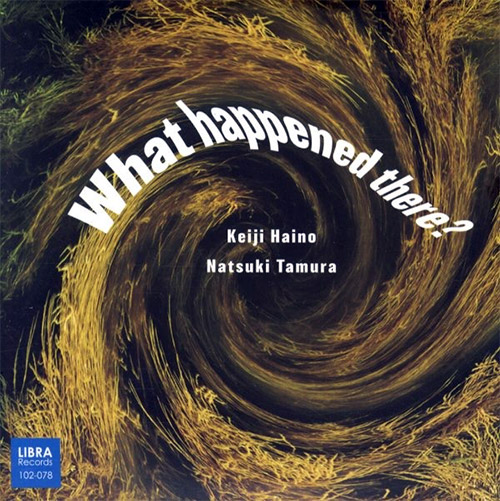
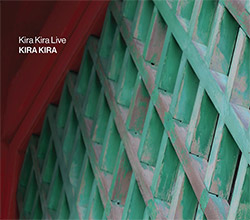

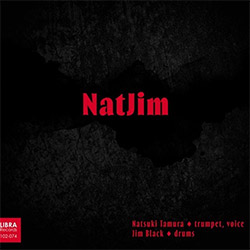

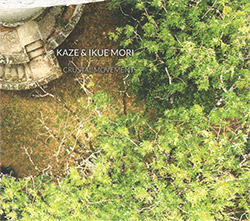
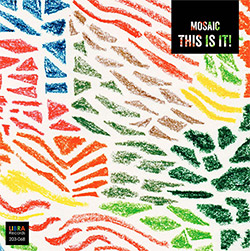
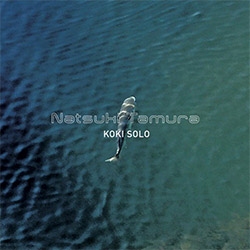

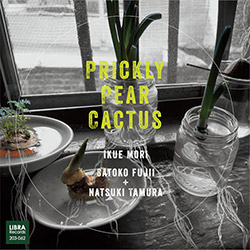


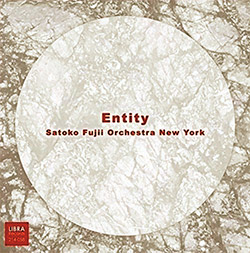

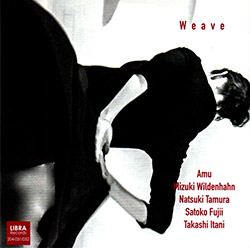


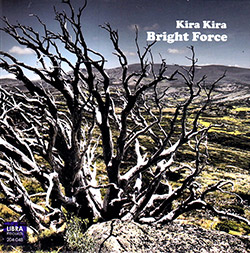


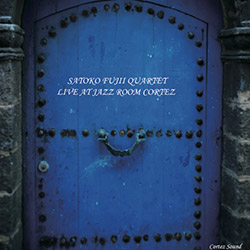
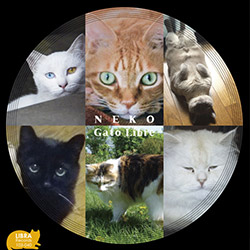
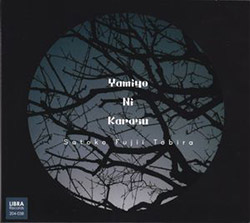
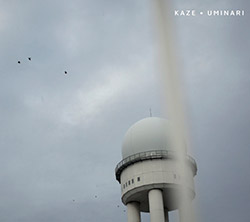





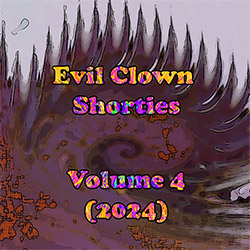






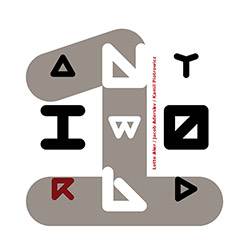
![Tusques, Francois / Sunny Murray 38: Intercommunal Dialogue 1&2 [2LPS w/ DOWNLOAD]](https://www.teuthida.com/productImages/misc4/35475.jpg)
![Birge, Jean-Jacques: Pique-nique Au Labo [2 CDs]](https://www.teuthida.com/productImages/misc4/35596.jpg)

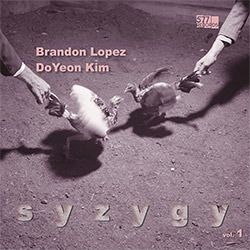
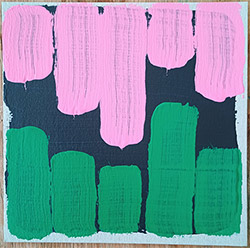

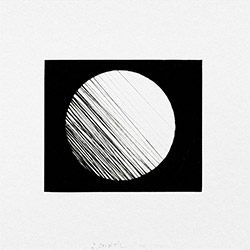

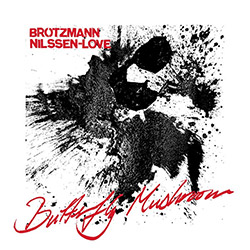
![Brotzmann, Peter / Paal Nilssen-Love: Butterfly Mushroom [VINYL]](https://www.teuthida.com/productImages/misc4/35541.jpg)
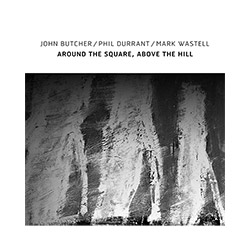
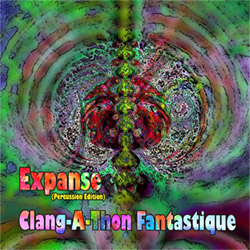
![Allen, Clifford: Singularity Codex: Matthew Shipp On Rogueart [BOOK]](https://www.teuthida.com/productImages/misc4/33454.jpg)


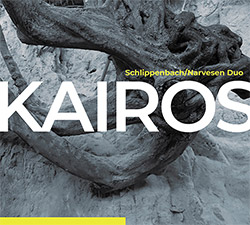

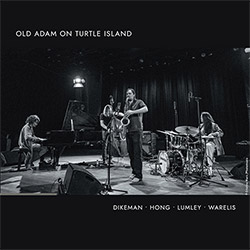
![Sun Ra: Lanquidity (DELUXE EDITION) [VINYL]](https://www.teuthida.com/productImages/misc4/35234.jpg)
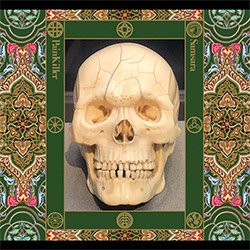
![Sun & Rain (Morgan / Laplante / Smiley / Nazary): Waterfall [VINYL]](https://www.teuthida.com/productImages/misc4/35604.jpg)
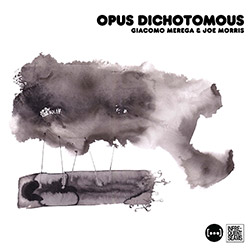
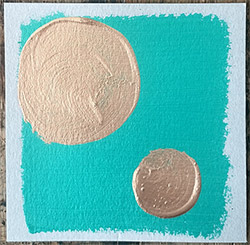
![Centazzo, Andrea: Ictus@45 - Out Off Nights [4 CD BOX SET]](https://www.teuthida.com/productImages/misc4/35611.jpg)
![Kaucic, Zlatko (Kaucic / Amado / Dorner / Grom / Guy / Fernandez / Snekkestad): INKLINGS [4 CD BOX SET]](https://www.teuthida.com/productImages/misc4/35614.jpg)
![Fernandez, Agusti feat. Barry Guy, Don Malfon, John Butcher, Jordina Milla, Liudas Mockunas, Lucia Martinez, Torben Snekkestad, Zlatko Kaucic: Agusti Fernandez @70 - Aesthetic Of Prisms. [7 CDs]](https://www.teuthida.com/productImages/misc4/35617.jpg)


![Sarian, Michael / Matthew Putman / Ledian Mola / Federico Ughi: The Sea, The Space, and Egypt, Vol. 1 [VINYL]](https://www.teuthida.com/productImages/misc4/35463.jpg)
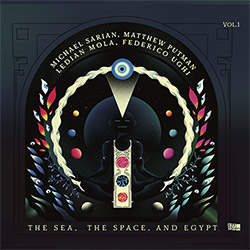
![Berne, Tim (w/ Rainey / Belisle-Chi): Yikes [VINYL]](https://www.teuthida.com/productImages/misc4/35602.jpg)



![Fagaschinski, Kai / Yan Jun : Graveyard Processions [VINYL w/ DOWNLOAD]](https://www.teuthida.com/productImages/misc4/35474.jpg)
![Brant, Cody / Carl Kruger: Smoke Detail [CASSETTE w/ DOWNLOAD]](https://www.teuthida.com/productImages/misc4/35551.jpg)
![Weirs and Magic Tuber Stringband : The Crozet Tunnel [CASSETTE + DOWNLOAD]](https://www.teuthida.com/productImages/misc4/35570.jpg)
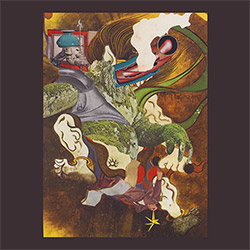
![Abcess Grenk: Erguss Von Licht [CASSETTE w/ DOWNLOAD]](https://www.teuthida.com/productImages/misc4/35560.jpg)

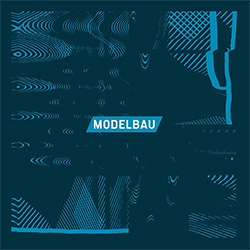
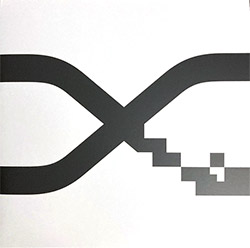
![Alva Noto: Xerrox Vol. 5 [VINYL 2 LPs]](https://www.teuthida.com/productImages/misc4/35359.jpg)
![Weston, Matt: Communism Has Appeared On The Scene [VINYL 2 LPs]](https://www.teuthida.com/productImages/misc4/35546.jpg)

![Jeck, Philip: rpm [2 CDs]](https://www.teuthida.com/productImages/misc4/35455.jpg)
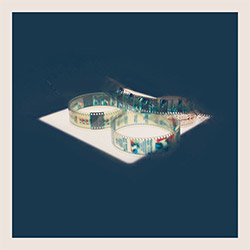

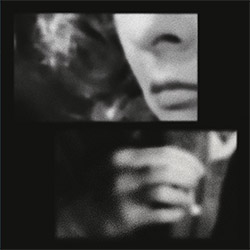

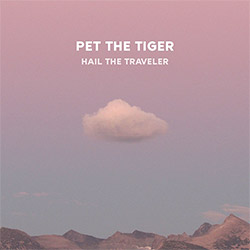
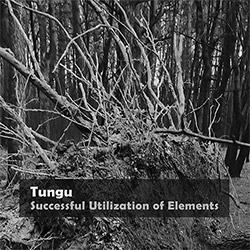
![DNS: Taking Big Bites Of The Khandas Three Cafes Deep [2 CDs]](https://www.teuthida.com/productImages/misc4/35334.jpg)

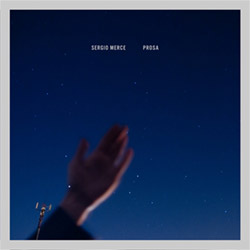
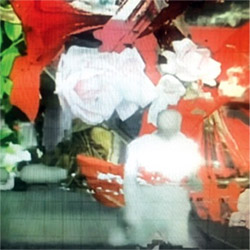
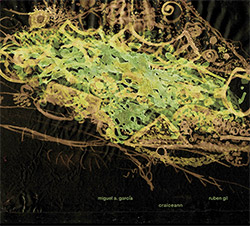
![Cleaver, Gerald: The Process [VINYL]](https://www.teuthida.com/productImages/misc4/34966.jpg)
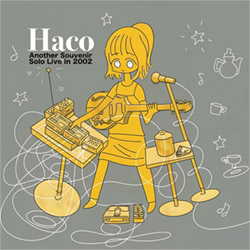
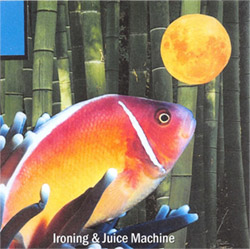

![Lonsdale, Eden: Dawnings [2 CDs]](https://www.teuthida.com/productImages/misc4/35480.jpg)

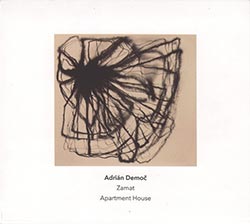

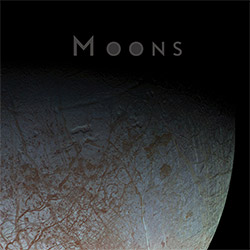
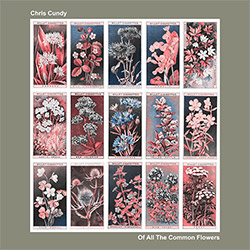
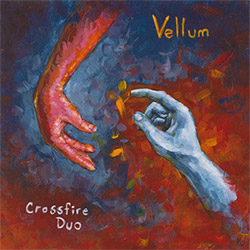

![Sanna, Claudio: Compositori Sardi Contemporanei II [2 CDs]](https://www.teuthida.com/productImages/misc4/35317.jpg)

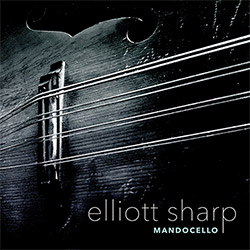

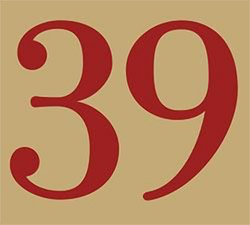

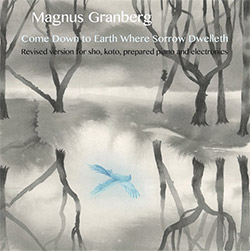
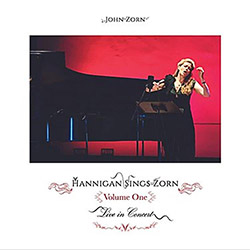
![Zurria, Manuel: Fame di Vento [3 CDs]](https://www.teuthida.com/productImages/misc4/35167.jpg)

![Granberg, Magnus / Nattens Inbrott / Skogen: Holde Traume, Kehret Wieder! [2 CDs]](https://www.teuthida.com/productImages/misc4/35038.jpg)
![Frey, Jurg: Outermost Melodie [2 CDs]](https://www.teuthida.com/productImages/misc4/35039.jpg)
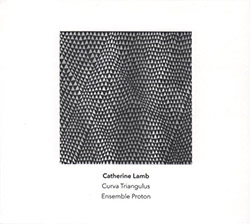
![Pavone, Jessica: Reverse Bloom [VINYL]](https://www.teuthida.com/productImages/misc4/34895.jpg)
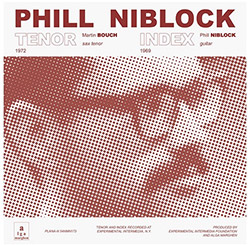
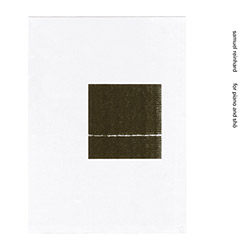
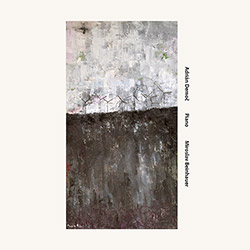

![Modney (Modney / Wooley / Gentile / Roberts / Pluta / Symthe / ...): Ascending Primes [2 CDs]](https://www.teuthida.com/productImages/misc4/34852.jpg)


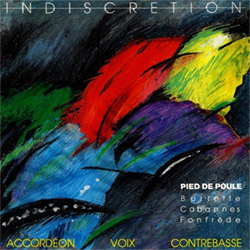

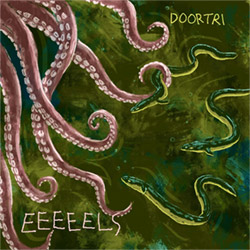
![Elephant9 : Mythical River [VINYL]](https://www.teuthida.com/productImages/misc4/34624.jpg)
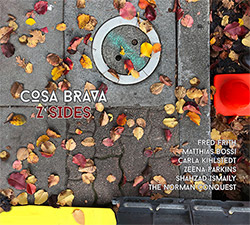

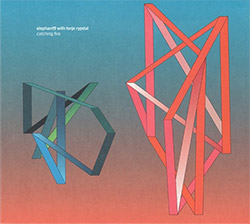
![Elephant9 with Terje Rypdal: Catching Fire [VINYL 2 LPs]](https://www.teuthida.com/productImages/misc4/35355.jpg)
![Deerlady (Obomsawin, Mali / Magdalena Abrego): Greatest Hits [VINYL]](https://www.teuthida.com/productImages/misc4/34876.jpg)

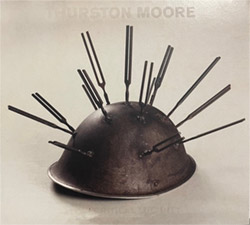
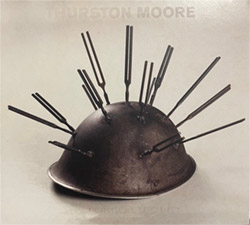
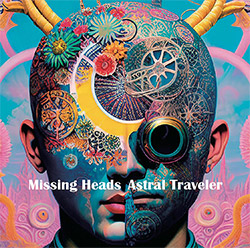
![Haino, Keiji: Black Blues [2 CDs]](https://www.teuthida.com/productImages/misc4/35109.jpg)
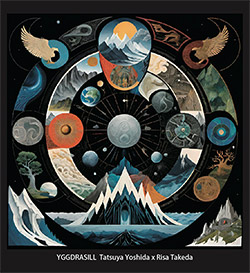
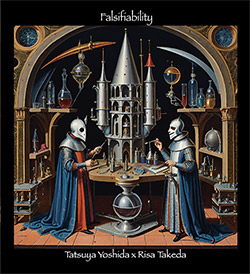
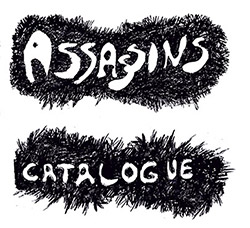
![Surplus 1980: Illusion of Consistency [CD]](https://www.teuthida.com/productImages/misc4/35069.jpg)
![Staiano, Moe: Away Towards the Light [VINYL + DOWNLOAD]](https://www.teuthida.com/productImages/misc4/35037.jpg)
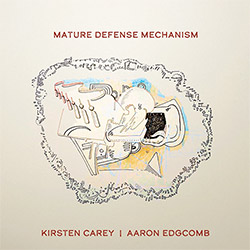
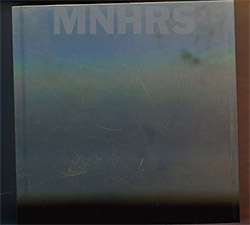

![Caveira (Gomes / Sousa / Abras / Ferrandini): Ficar Vivo [VINYL]](https://www.teuthida.com/productImages/misc4/34643.jpg)
![Gregg, J. J. / David Van Auken: Lunar Prairie [CD w/ DOWNLOAD]](https://www.teuthida.com/productImages/misc4/34611.jpg)
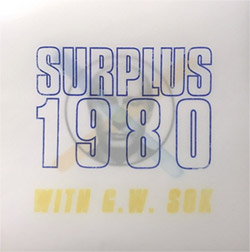
![Coultrain: Mundus [VINYL]](https://www.teuthida.com/productImages/misc4/32439.jpg)
![Mattin: Songbook #6 [VINYL]](https://www.teuthida.com/productImages/misc4/27317.jpg)
![Punkappella: Wake Up [7-inch VINYL]](https://www.teuthida.com/productImages/misc4/17519.jpg)
![Coley, Byron: Dating Tips for Touring Bands [VINYL]](https://www.teuthida.com/productImages/misc4/17906.jpg)

![Lost Kisses: My Life is Sad & Funny [DVD]](https://www.teuthida.com/productImages/misc4/lostKissesDVD.jpg)